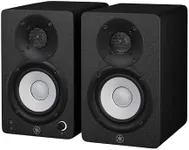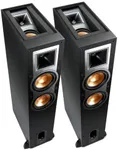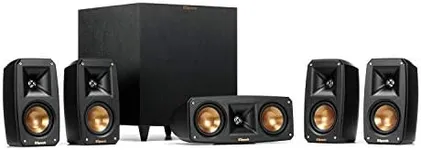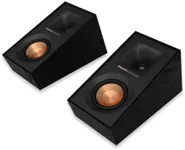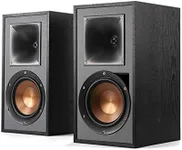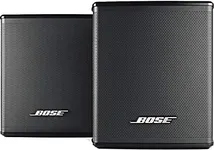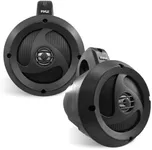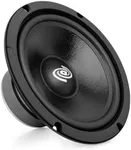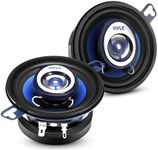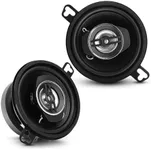Buying Guide for the Best Component Speakers
When choosing component speakers, it's important to understand that these are designed to provide superior sound quality by separating the different sound frequencies into individual drivers. This allows for a more accurate and immersive listening experience. To find the best fit for you, consider the key specifications and how they align with your listening preferences and vehicle setup.Speaker SizeSpeaker size refers to the diameter of the speaker cone and is typically measured in inches. This spec is important because it determines the speaker's ability to produce different frequencies. Larger speakers (6.5 inches or more) can produce deeper bass, while smaller speakers (4-5 inches) are better for higher frequencies. To pick the right size, consider the space available in your vehicle and the type of sound you prefer. If you enjoy bass-heavy music, larger speakers might be better, but if you prefer clarity and detail, smaller speakers could be a good choice.
Power HandlingPower handling is the amount of power a speaker can handle without being damaged, usually measured in watts. This spec is important because it ensures that your speakers can handle the power output of your amplifier or head unit. Power handling is divided into RMS (continuous power) and peak (maximum power). For everyday use, focus on the RMS rating. To pick the right power handling, match the RMS rating of the speakers to the power output of your amplifier or head unit. If you have a powerful amplifier, choose speakers with a higher RMS rating to avoid distortion and damage.
SensitivitySensitivity measures how efficiently a speaker converts power into sound, usually expressed in decibels (dB). This spec is important because it affects the volume and clarity of the sound produced. Higher sensitivity (90 dB or more) means the speaker can produce more sound with less power, making it ideal for lower-powered systems. Lower sensitivity (below 90 dB) requires more power to achieve the same volume. To pick the right sensitivity, consider your amplifier's power output. If you have a low-powered system, choose speakers with higher sensitivity for better performance.
Frequency ResponseFrequency response indicates the range of frequencies a speaker can reproduce, measured in Hertz (Hz). This spec is important because it determines the speaker's ability to produce low, mid, and high frequencies. A wider frequency response (e.g., 20 Hz to 20,000 Hz) means the speaker can reproduce a broader range of sounds. To pick the right frequency response, consider the type of music you listen to. If you enjoy a wide variety of music genres, choose speakers with a broad frequency response for a more balanced sound.
CrossoverA crossover is a device that directs different frequency ranges to the appropriate drivers (tweeters, midrange, and woofers) in a component speaker system. This spec is important because it ensures that each driver only handles the frequencies it is designed for, resulting in clearer and more accurate sound. Crossovers can be passive (built into the speaker) or active (external and adjustable). To pick the right crossover, consider your level of audio expertise and installation preferences. Passive crossovers are easier to install and use, while active crossovers offer more customization for advanced users.
